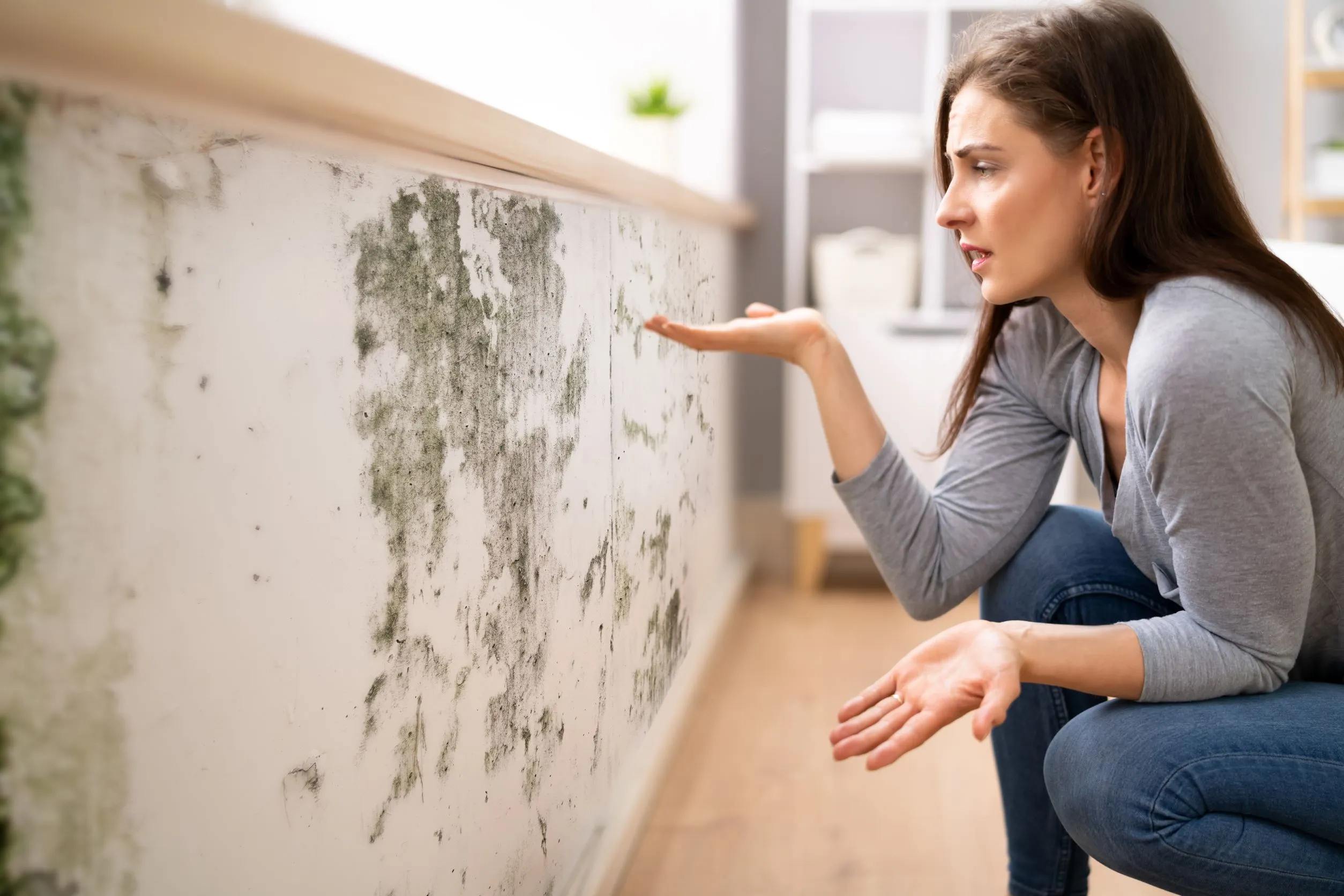In a particularly rainy winter and with higher temperatures than usual, the conditions are created for certain pests to change their behaviour.
As a disinfestation specialist, Truly Nolen has been called upon several times in recent months, particularly after the episodes of heavy rainfall in the Lisbon region. Requests for rat disinfestation, for example, grew exponentially after the floods of 14 December. Cockroaches and bedbugs also show signs of being more active this season.
These animals tend to take refuge inside homes at times of higher rainfall humidity, especially when they feel trapped in the outlets they usually use - manhole covers, for example, have become clogged with rainwater.
In fact, the IPMA climatological bulletin classifies December 2022 as "extremely warm in relation to air temperature and very rainy in relation to precipitation". The "warmest December in 92 years" coincided with precipitation equivalent to "174% of the normal value".
Problems with rats? Get your quote now!
800 20 20 50 (Free - Calling the national mobile network)
This year, many people are complaining about signs of dampness invading their homes. Surfaces such as walls, ceilings and furniture often show signs of mould. Not even books, clothes and food seem to escape this evil.
Besides being unpleasant to the sight and smell, there are other dangers associated to consider The excess humidity in the air creates the ideal conditions for the appearance of fungi and bacteria that can be dangerous for health, since they potentiate diseases such as asthma, pneumonia, respiratory insufficiency, allergies, infections, coughing or irritation of the airways. Breathing certain types of moulds can also cause headaches or migraines, fatigue and muscle weakness.
How to avoid pests related to increased humidity
Avoiding winter pests depends on several factors:
- Humidity
- Rainfall
- Ventilation
- Temperature
- Building quality
- Hygiene conditions
- Pest control
Although it is not possible to influence climatic factors, we can be more rigorous about the construction and maintenance of the spaces we inhabit. Sometimes, cleaning with bleach is not enough to remove mould stains. It is necessary to fight the source of the problem, in order to eradicate it once and for all.
12 steps to take for a house free of pests related to humidity:
- Use quality materials in building construction, sealing cracks and openings well.
- Insulate walls and ceilings with suitable thermal material.
- Invest in door and window frames to avoid condensation.
- Check for infiltrations in ceilings and walls and correct them if necessary.
- Paint walls and ceilings with appropriate anti-fungal paints.
- Regularly clean all surfaces with suitable mould-control products.
- Switch on the extractor fan to control excess steam when bathing and preparing food.
- Use a dehumidifier whenever the humidity level is higher than 60%.
- Aerate rooms by opening windows at times of maximum sunlight.
- Keep food in hermetically sealed packages.
- Wash clothes frequently and let them dry well, if possible in the sun.
- Inspect all spaces regularly, checking for signs of rodent and insect pests.
Some of these interventions are as simple as opening the window in the morning. Others may involve building work, requiring a much larger investment. But it's important to bear in mind that the longer you put it off, the bigger the budget required to fix the problem. In the long run, you are betting on the health of those who live in the house and on the appreciation of the property itself.
Reducing the level of humidity, through measures such as these, will allow you to create a cleaner and healthier environment. As a result, it will make it more difficult for pests, fungi, bacteria, silverfish, termites and other pests to appear.
Back
